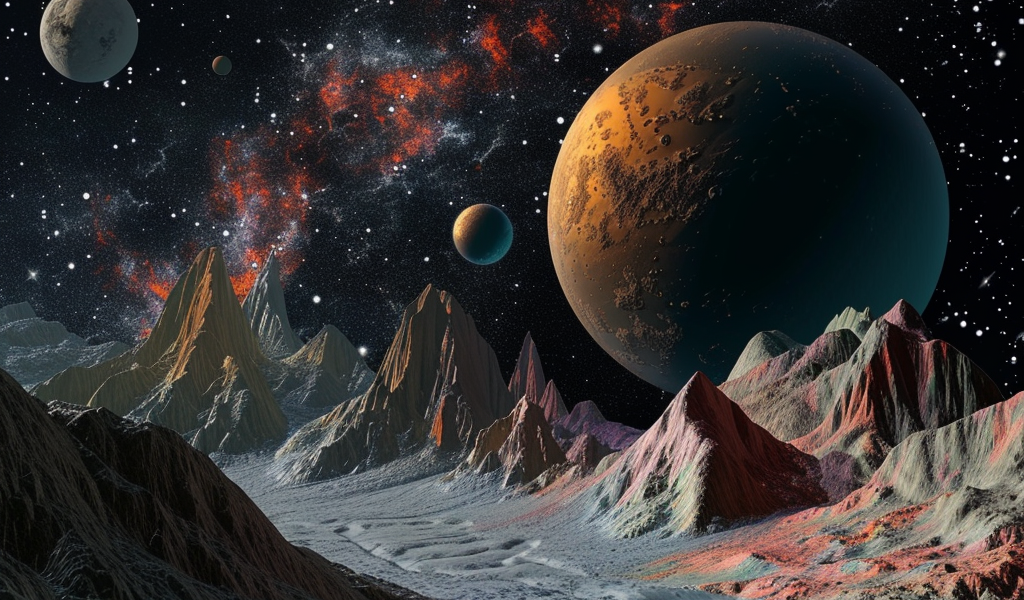Exoplanet Geology: What Can We Learn From Current And Future Observations?
Nearly 30 years after the discovery of the first exoplanet around a main sequence star, the study of exoplanets has advanced significantly. The exploration of thousands of planets has reshaped our understanding of planetary systems, revealing diverse types of planets that differ from those in our own solar system. This diversity highlights that our solar system is not the standard model for planetary systems.
Scientists are now moving beyond basic characterizations of exoplanets, such as mass, radius, and orbits, to delve deeper into understanding their atmospheres and surfaces. With the advancement of observational technologies, there is a growing potential to investigate the geology of rocky exoplanets. This progress opens up the possibility of a transformative shift in our comprehension of the evolution of rocky planets.
Despite the promising prospects, studying the geology and geological processes on rocky exoplanets remains a significant challenge, even with the upcoming generation of telescopes. The James Webb Space Telescope (JWST) is at the forefront of revealing insights into whether rocky planets retain or lose their atmospheres, providing valuable data for researchers.
Discoveries regarding the atmospheric conditions of rocky exoplanets have significant implications. Even planets with minimal or no atmospheres can offer valuable insights into surface geology and long-term geological evolution. The evolving capabilities of next-generation telescopes may enable the testing of hypotheses like climate stabilization through the carbonate-silicate cycle.
Future research will involve innovative modeling strategies that explore a range of potential evolutionary scenarios. These strategies will be crucial in utilizing current and forthcoming observations to refine our understanding of rocky exoplanet geology and evolution.
This chapter, authored by Bradford J. Foley, has been accepted for publication in the Reviews in Mineralogy and Geochemistry (RiMG) Volume 90 on ‘Exoplanets: Compositions, Mineralogy, and Evolution.’ It spans 31 pages, includes 8 figures, and presents 5 equations. The chapter provides valuable insights into the evolving field of exoplanet geology and the exciting possibilities that lie ahead in exoplanetary research.





